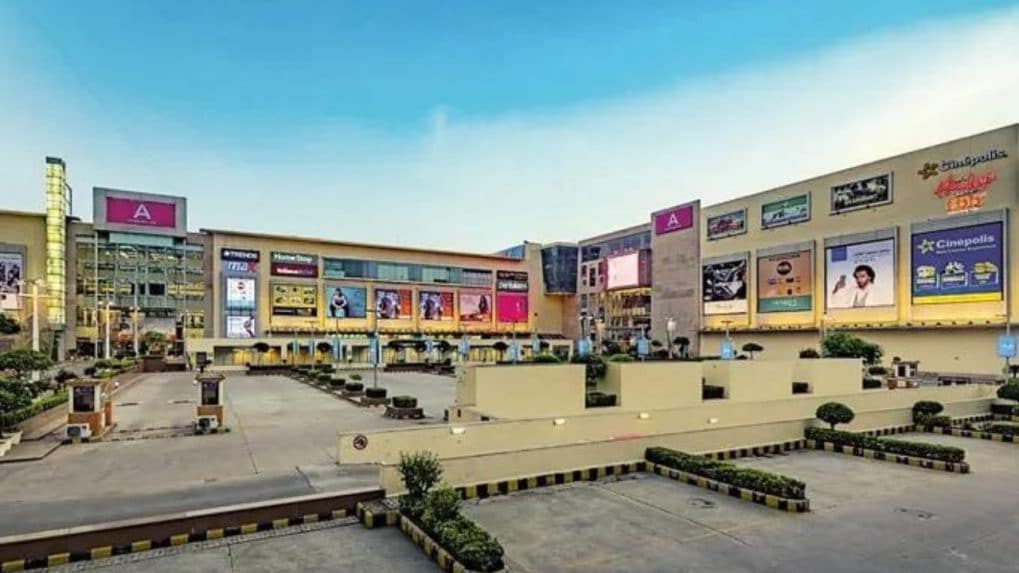Brand Makers
Dil Ka Jod Hai, Tootega Nahin

India’s retail real estate sector is undergoing a dramatic transformation, shifting from fragmented, quantity-driven growth to a more quality- and institution-driven model. According to latest research by ANAROCK, of the 650 operational malls across the country, nearly 30–35% are now of institutional grade.
This shift is being led by top players such as Nexus Malls (Blackstone), Phoenix Mills, DLF, Lakeshore, Raheja Group, and Pacific, which together own 58 malls covering 34 million sq. ft. These groups also have over 45 new malls spanning more than 42.5 million sq. ft. of prime retail space in the pipeline over the next three to five years.
Anuj Kejriwal, CEO & MD, ANAROCK Retail, said institutional investments are rapidly spreading beyond metros into Tier-2 hubs such as Chandigarh, Indore, Surat, Bhubaneswar and Coimbatore. “These cities, with highly aspirational populations and increasing purchasing power, are emerging as the new growth centres for organized retail. While changing consumer expectations and global brands’ preference for standardized, experiential spaces drive growth, the real catalyst remains institutional capital. Mall assets must appeal not only to shoppers but also to private equity and REIT investors,” he noted.
The share of Grade A malls has surged from just 22% of the inventory in the top seven cities in 2015 to a projected 60% by 2027. Vacancy levels have dropped from 19% to about 9% in the same period. Rental growth in Grade A malls is currently averaging 5–8% CAGR, far outpacing Grade B and C properties. Underperforming malls, meanwhile, face closure, repositioning, or conversion into mixed-use developments.
Despite this progress, India has about 110 million sq. ft. of institutional-grade retail space, compared to over 700 million sq. ft. in the US and 400 million sq. ft. in China, where malls are almost entirely institutionally owned. However, India’s rapid urbanisation and robust retail sales productivity, estimated at Rs 1,200–1,600 per sq. ft. per month in Grade A malls.
Between 2005 and 2015, more than 250 malls were built during the first big wave of organized retail. By 2015–2020, about 20–22% of them were either shut down, repositioned, or converted to other uses. According to Anarock report, new malls are expected to average 1–1.2 million sq. ft. in size, while 30–40% of smaller malls may be repurposed as mixed-use projects. The property consultants expected that 2–3 new retail-focused REITs are likely to be launched soon.
"The raucous, almost deafening, cuss words from the heartland that Piyush Pandey used with gay abandon turned things upside down in the old world order."
Read MoreFrom OpenAI’s ChatGPT-powered Atlas to Microsoft’s Copilot-enabled Edge, a new generation of AI-first browsers is transforming how people search, surf and interact online — and reshaping the future of digital advertising.